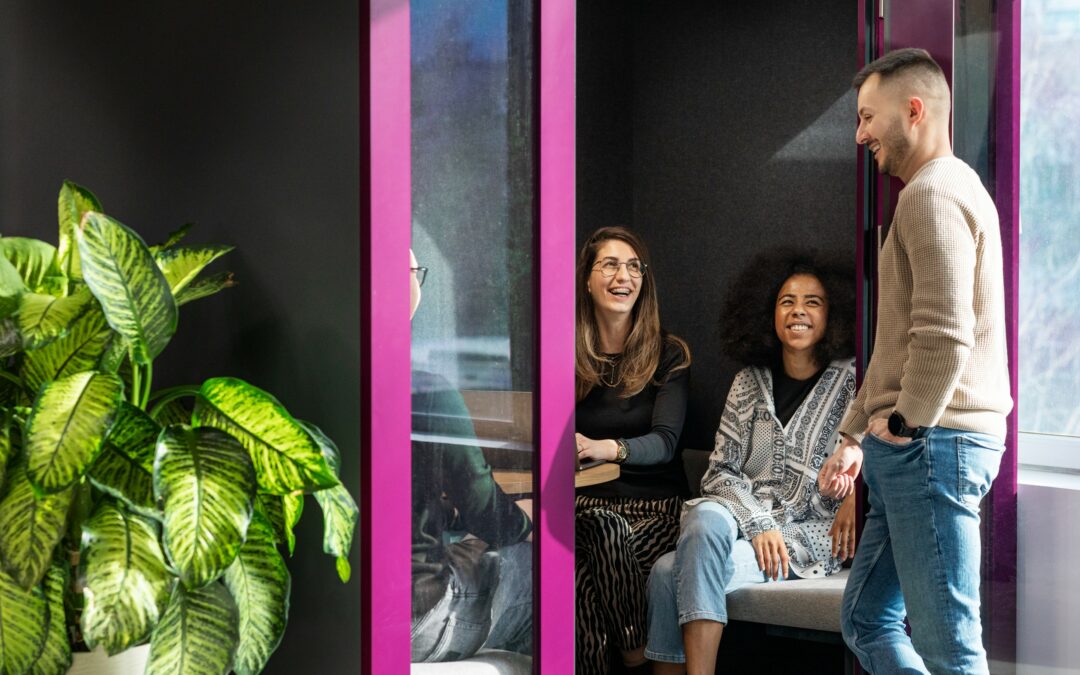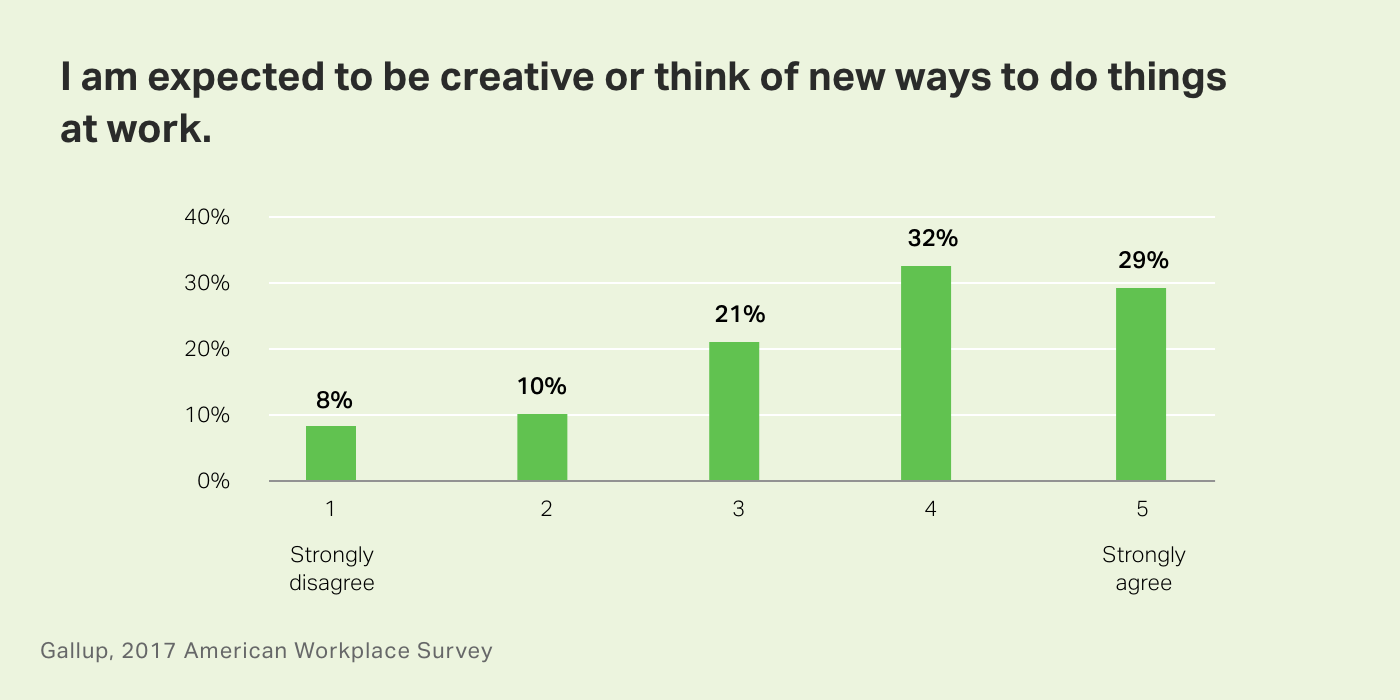Creativity is a soft skill that many people overlook. In the modern age, where most businesses are obsessed with bottom-line productivity and workflow optimization, a trait like creativity doesn’t seem to fit with our corporate culture. Yet, creativity is one of the most effective tools we have at our disposal, with 70% of people believing that it is critical to economic growth.
Creativity allows businesses to come up with innovative ideas and approaches to the problems they have before them. For some businesses, creativity is the core of what drives success. But, even outside of the creative sector, this skill is one that can innovate workflows and bring in new impactful methodologies to a workspace.
Collaborative workspaces help to boost creativity, allowing people to work together on complex problems and come up with unique solutions. However, not every office is set up correctly to facilitate creativity, with many lacking the collaborative workspaces needed to cultivate this trait in their employees.
In this article, we’ll dive into the fantastic skill of creativity, demonstrating how you can use collaborative workspaces for creativity and honing this vital workplace trait. Let’s dive right in.
How can collaborative workspaces boost creativity?
The vast majority of individuals in business claim that their company requires them to think creatively when approaching problems. An American Workplace Survey, which spanned across every sector, revealed that over 80% of employees agree with this statement, with creativity being a core part of their working life.
In order to give employees the conditions they need to work creatively, businesses should focus on building more collaborative workspaces. Collaboration and creativity work extremely well together, as employees can come together, bounce ideas off one another, and use every unique perspective in the room to drive toward success.
Collaborative workspaces for creativity ensure that everyone has the platform to speak and get involved. Instead of doing this online or providing a virtual platform where people can write their ideas out, an in-person space allows frenetic connection to occur. A manager can start by putting out an initial idea. From there, employees can build upon these ideas, adding more and more to brainstorm potential innovations and solutions.
Collaborative workspaces allow conversation to flow. No idea is a bad one when everyone is working toward a common goal. The brilliance of these spaces is that their intimate and social atmosphere helps to foster a sense of inspiration and creativity. Over time, you’ll start to recognize that employees are more focused, alert, and able to think creatively when in these collaborative spaces.
How to structure an office for effective collaboration
There is no one single way to structure an office for effective collaboration. Every office building is different and will have a number of environmental factors that influence employees. With that in mind, it’s better to focus on the fundamental parts of your office, rather than its specific structure.
If you’re looking to maximize collaboration and ensure that your employees are as satisfied as possible at work, then you should establish three core areas:
- Collaborative workspaces – As we’ve discussed, collaborative workspaces can be a powerful tool for productivity, creativity, and efficiency in your workplace. Not only do these spaces allow people to come together and work more efficiently, but it also ensures that people can bounce ideas off one another and streamline workflows. These spaces are vital in a modern and hybrid office.
- Private Workspaces – Although many employees will be able to get all of their work done while in a collaborative workspace, that may not be the case for 100% of people. For some, a small distraction can lead to a huge setback in time. On average, a distraction can take over 25 minutes to recover from, meaning that not everyone will love these open spaces. To help support these employees, be sure you have some private offices or office pods where they can settle into deep work and get more done.
- Relaxation Areas – Finally, there needs to be space in your office that isn’t connected to working at all. While this may seem counterproductive, it will be a space where employees can socialize, relax, eat lunch, and just take a minute or two off. These spaces, whether they’re outside areas, green spaces, or just a lunchroom, will help give the flexibility that employees need to flourish.
Once you have all of these spaces set up in your office, employees can migrate from location to location, finding exactly what they need in each respective area. For example, one employee much be in the mood to collaborate with others, meaning they’ll go to your shared space. Alternatively, an employee might just want a break, which is when they would go to your relaxation areas.
The principles outlined here are actually central to the building of Apple’s new central HQ – Apple Park. This space is one that thrives off collaboration, built using the three criteria we listed above to maximize employee happiness and allow for communication to naturally flow between employees.
Structuring your office with this flexibility in mind will set you, and your employees, up for success.
Final Thoughts
Collaborative workspaces and creativity go hand in hand. As an open area where employees can chat, exchange ideas, and work together on projects, you’ll rapidly find these shared spaces becoming the prime spot for collaboration. Over time, structuring your workspace to support how your employees like to work will lead to huge increases in productivity and efficiency.
Imbruing your office with a dynamic sense of creativity will help all of your employees thrive. If this working style is good enough for tech titans and industry leaders, then it’s sure to help your business flourish. If you’re looking for a way of implementing better spaces for your employees, then be sure to reach out to MEAVO. Our catalog of office working pods for groups and individuals are currently leading the industry to a more creative, collaborative, and effective space.


